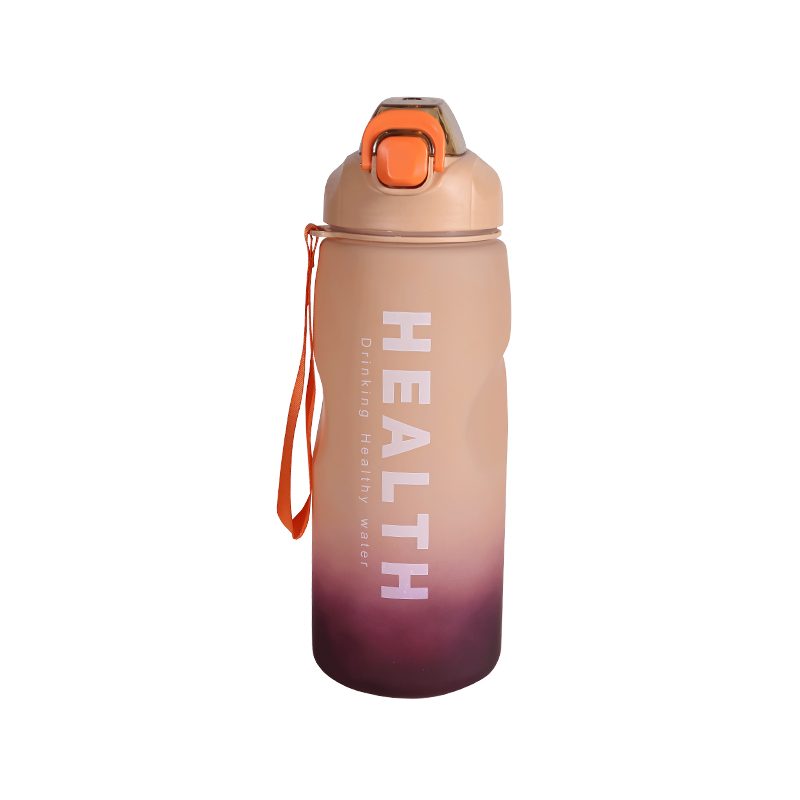A Leak Proof Plastic Water Bottle is an essential accessory for consumers who need a reliable and convenient way to carry beverages during travel, exercise, or daily activities. One key factor influencing its performance and usability is temperature resistance. Understanding whether a plastic water bottle can safely hold both hot and cold beverages is critical for user safety, product longevity, and overall satisfaction. Temperature resistance determines how well the bottle maintains structural integrity, prevents leaks, and avoids releasing harmful substances under extreme conditions.

Material Properties for Heat Resistance
- High-Temperature Tolerance: Certain plastics, such as Tritan or polypropylene, are designed to withstand higher temperatures without warping or deforming. This property allows the water bottle to safely contain hot beverages like tea or coffee.
- Low-Temperature Durability: These plastics also maintain rigidity and toughness at low temperatures, making them suitable for ice water, chilled drinks, or beverages stored in freezers.
- Non-Toxic Composition: Heat-resistant plastics must not release harmful chemicals, such as BPA, when exposed to high temperatures. Ensuring food-grade material compliance is essential for user safety.
- Thermal Shock Resistance: The bottle should handle sudden temperature changes, such as pouring boiling water into a cold bottle, without cracking or losing its leak-proof capability.
Design Features Supporting Temperature Adaptability
- Double-Wall Construction: Many leak-proof bottles incorporate double walls to provide insulation, reducing heat transfer and protecting hands from hot surfaces.
- Secure Sealing Mechanisms: High-quality gaskets and threaded caps prevent leakage even when liquids expand under heat or contract under cold conditions.
- Ergonomic Design: Heat-resistant handles or grips improve user comfort when holding the bottle filled with hot beverages.
- Vented Lids: Some designs include pressure-release mechanisms to prevent steam buildup, which maintains safety and structural integrity.
Testing Methods for Temperature Performance
- Boiling Water Test: Filling the bottle with near-boiling water for a set duration checks deformation, leakage, and material reaction.
- Freezer Test: Placing the bottle in sub-zero conditions evaluates the plastic’s ability to resist cracking and maintain rigidity.
- Thermal Cycling Test: Alternating hot and cold liquids in repeated cycles simulates real-world usage and tests long-term durability.
- Leakage Assessment: Evaluating the bottle’s sealing under high-pressure steam or ice helps determine its reliability across temperatures.
Advantages of Temperature-Resistant Leak-Proof Bottles
- Versatility: Users can safely carry hot coffee in the morning and cold water during exercise without needing multiple containers.
- Safety: Food-grade materials and proper sealing reduce the risk of chemical leaching or burns from hot liquids.
- Durability: Temperature-resistant plastics retain shape and performance over long-term use, reducing replacement frequency.
- Convenience: Insulated designs maintain beverage temperature longer, enhancing the user experience during commutes or outdoor activities.
Limitations and Considerations
- Temperature Threshold: Users must be aware of the safe temperature specified by the manufacturer to avoid damage or leakage.
- Extended Exposure: Continuous exposure to extremely hot liquids may accelerate material wear or affect gasket performance over time.
- Cold Fragility: While durable, extremely brittle plastics may still crack if dropped while frozen.
- Cleaning Requirements: Proper care ensures the bottle retains its temperature resistance; abrasive cleaning tools or high-heat dishwasher cycles can compromise material integrity.
The ability of a Leak Proof Plastic Water Bottle to withstand both high and low temperatures makes it a versatile and practical choice for consumers. By combining heat-resistant plastics, secure sealing mechanisms, and thoughtful design, these bottles can safely accommodate hot coffee, iced beverages, and other liquids without leakage or material degradation. Temperature resistance enhances durability, safety, and convenience, ensuring that users can rely on the bottle in diverse environments and daily activities. Proper usage, awareness of manufacturer guidelines, and routine maintenance are essential to improve performance across a wide range of temperatures.

 English
English 中文简体
中文简体 Español
Español